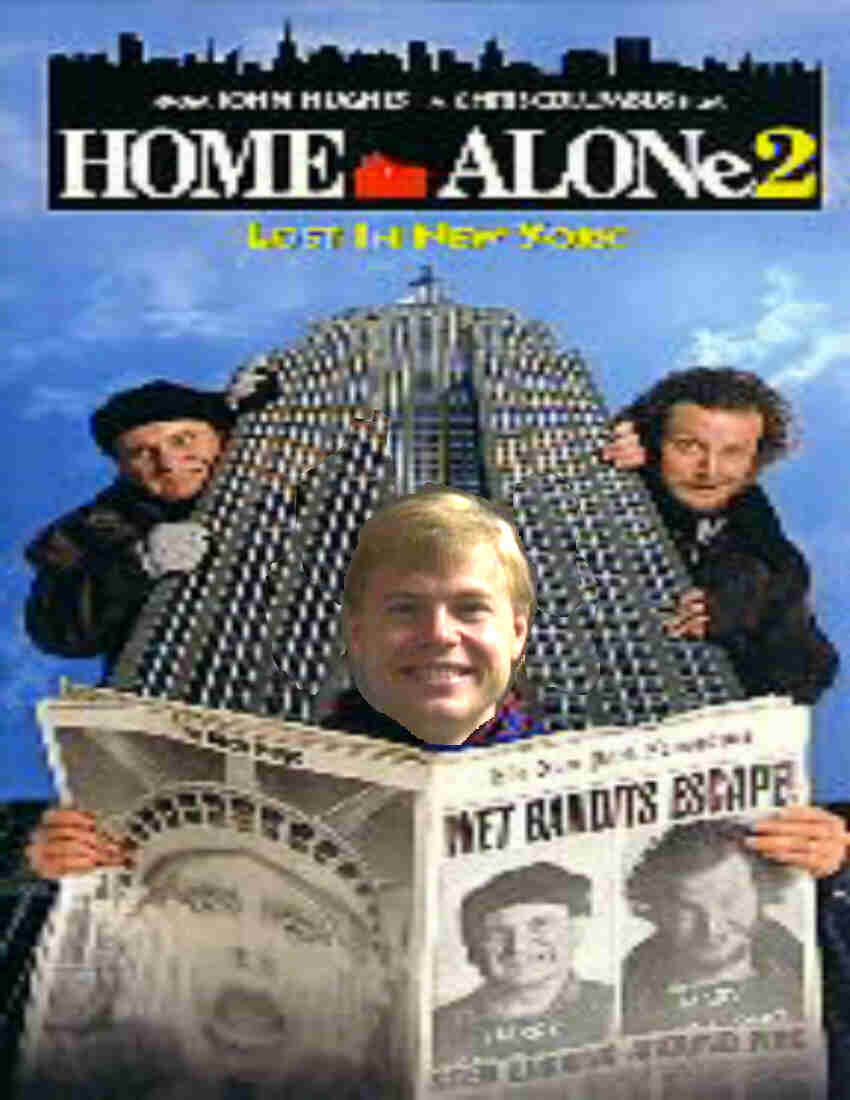
Near the end of a backgammon game when both sides are bearing off, when should you double & when should you accept.
| Double table when all pieces are near the 1-point. | Number of rolls remaining for you | ||||||||
| 1 | 2 | 3 | 4 | 5 | 6 | 7 | 8 | ||
|
Numberof rolls remaining for your opponent. |
1 | d | d | d | d | d | d | d | d |
| 2 | d | d | d | d | d | d | d | ||
| 3 | d | d | d | d | d | d | |||
| 4 | D | d | d | d | d | ||||
| 5 | F | d | d | d | |||||
| 6 | F | d | d | ||||||
| 7 | F | d | |||||||
| 8 | F | ||||||||
|
F/f = double only if cube is free D/d = double even if cube is free F/D = accept the double f/d = decline the double |
|||||||||
Suppose you have 2m pieces on your one point to bear off and your opponent has 2n pieces on their 1-point. When should you double and/or accept?
The solution to this problem will apply (more or less) to many situations where you have m rolls remaining & your opponent has n rolls remain, and all of your pieces are near the 1-point. Note the m rolls and n rolls are the number of rolls needed if you don't throw any doubles.
The table to the left shows the solution to this special case. I generated it with the a C program. You can also view the full table (in text format) that has values up to 60 rolls (of course, at most 8 rolls is theoretically possible in a game).
Using this table, you can easily answer problems 479 thru 482 in 501 Essential Backgammon Problems by Bill Robertie. He gives a lot of good backgammon advice in his books. He discusses doubling strategies that are more general than limited situations covered by this table.
For a real backgammon challenge, download Jellyfish for free. It's doubling strategies are excellent. See other backgammon strategy at gammoned.com.
Comments: mellendo@yahoo.com
Last Updated: April 26, 2003